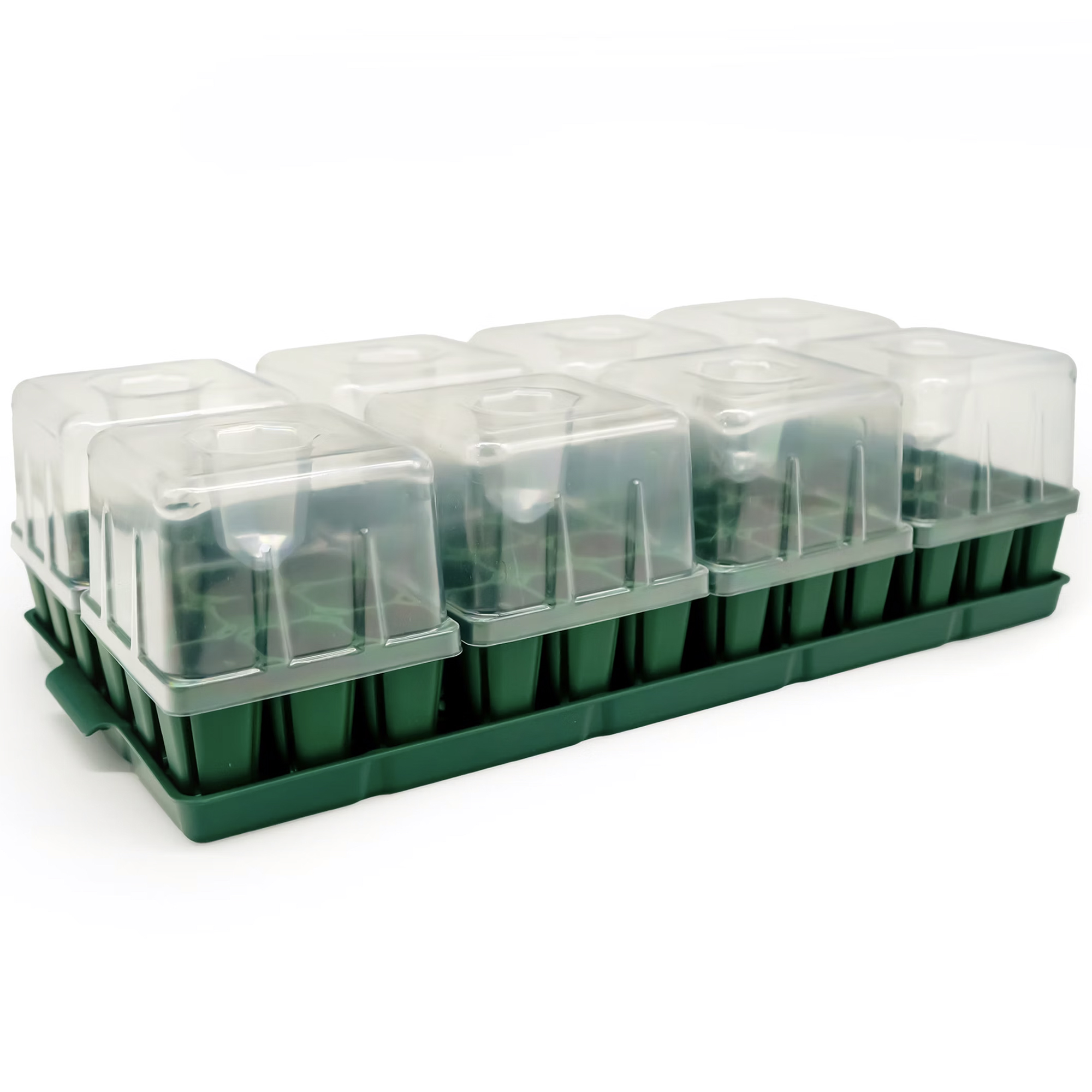When To Start Seeds Indoors For Bigger Harvests & More Beautiful Blooms
Boost your garden's productivity by learning the best times to start seeds indoors – including a month-by-month guide for crops and flowers.
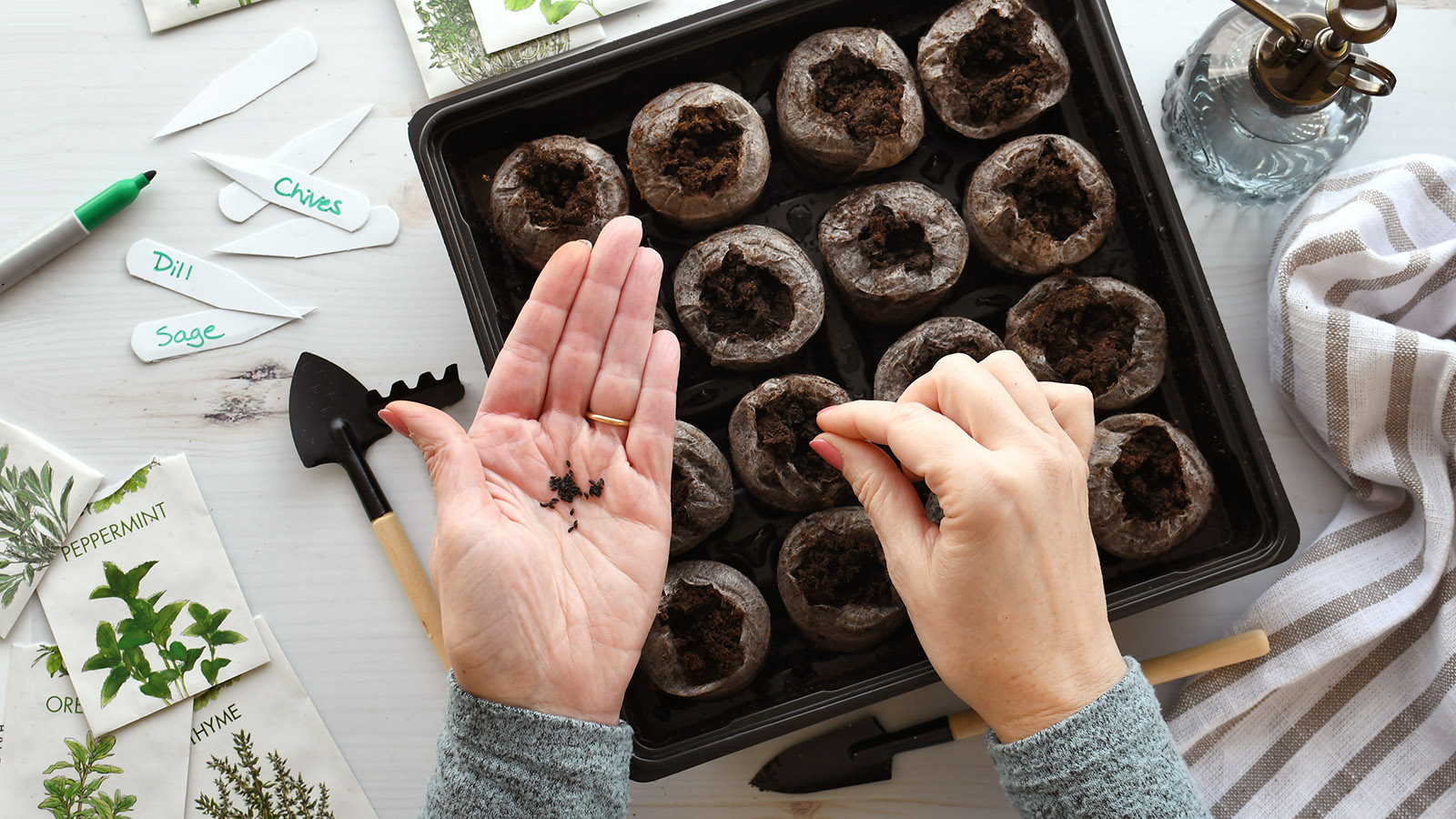

Knowing when to start seeds indoors is crucial to their successful sprouting. As living things, most plants have an ideal period for germination to promote quicker growth and produce the best possible plants. Starting them indoors can extend this growing window – resulting in more flowers or vegetables. Certain plants will even grow bigger and stronger, and develop healthier roots.
Starting seed indoors is particularly helpful in regions where the growing season is short and cold temperatures persist into the spring. But before planting seeds, you must check the variety's recommended growing period, so you can start them at the right time.
Gardeners in warmer areas have more flexibility to direct sow seeds outdoors as the growing season is already long. However, starting seeds indoors in warm climates enables you to cultivate crops and flowers pretty much year-round. Conversely, you can also start seeds indoors to protect seedlings from the high heat of the summer sun.
Because every plant is different, you must time seed sowing correctly to get good results. Learn when to start seeds indoors with our expert guide.
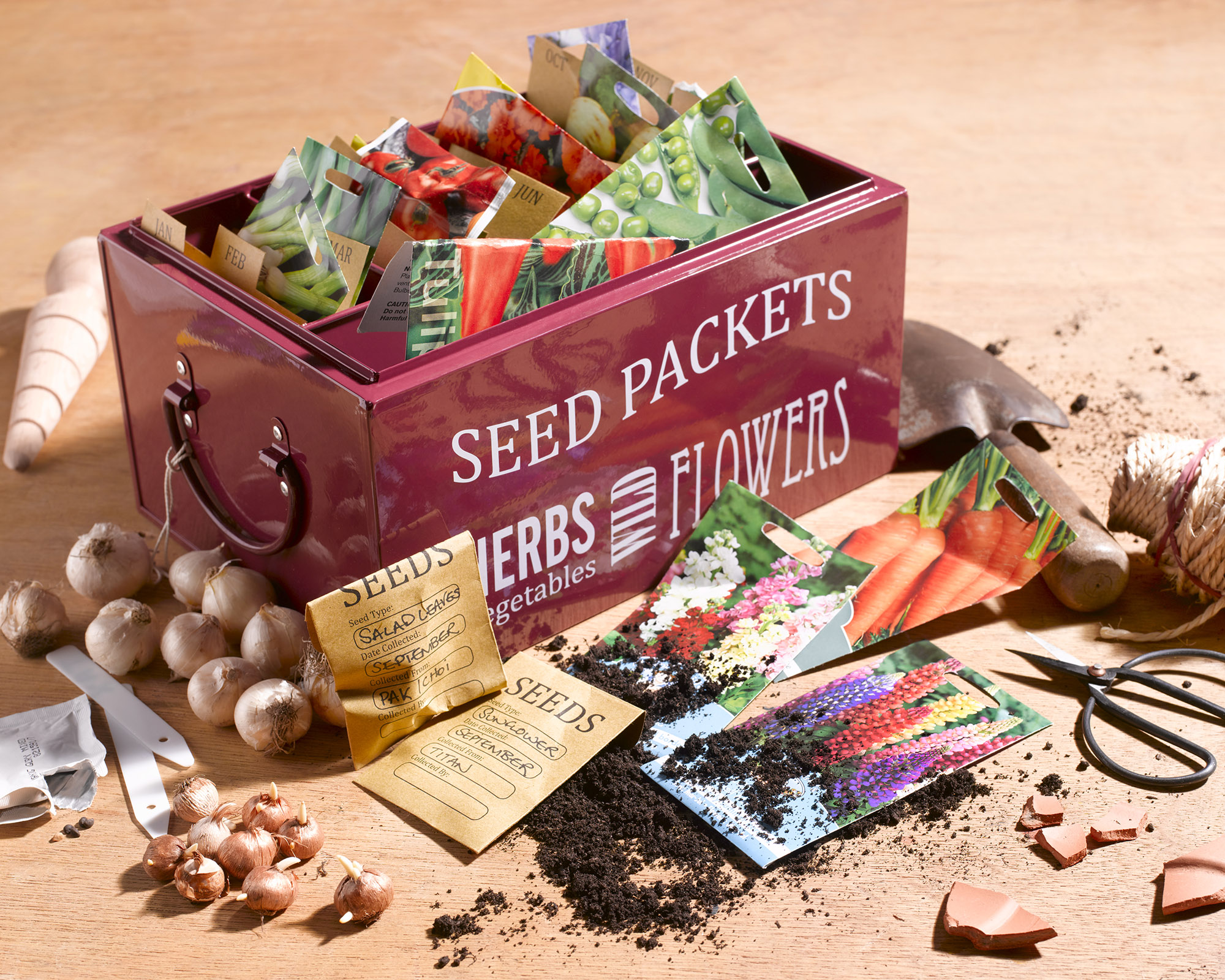
When to Start Seeds Indoors
In most cases, 6-8 weeks before the last frost date in your area is when to start planting seeds indoors. This will allow the little plants enough time to develop strong roots before you harden off seedlings and plant them outside.
However, every plant has slightly different preferences as to temperature, moisture, light, soil type, and other factors. Some may be cold hardy, while others can’t handle even a nip of frost.
The seed packet information will give a general idea of when to start seeds in various regions and make reference to the right time to start them indoors for planting outside. But it is important to know your local peculiarities.
Sign up for the Gardening Know How newsletter today and receive a free copy of our e-book "How to Grow Delicious Tomatoes".
Don't be over-eager and start seeds too early. The cozy, warm interiors of our homes are ideal for starting seeds, but they often lack proper light for young plants and may be laden with humidity or devoid of ambient moisture. The goal is to get strong, young plants out into the garden as soon as conditions allow – not to leave them floundering indoors.
USDA Zones
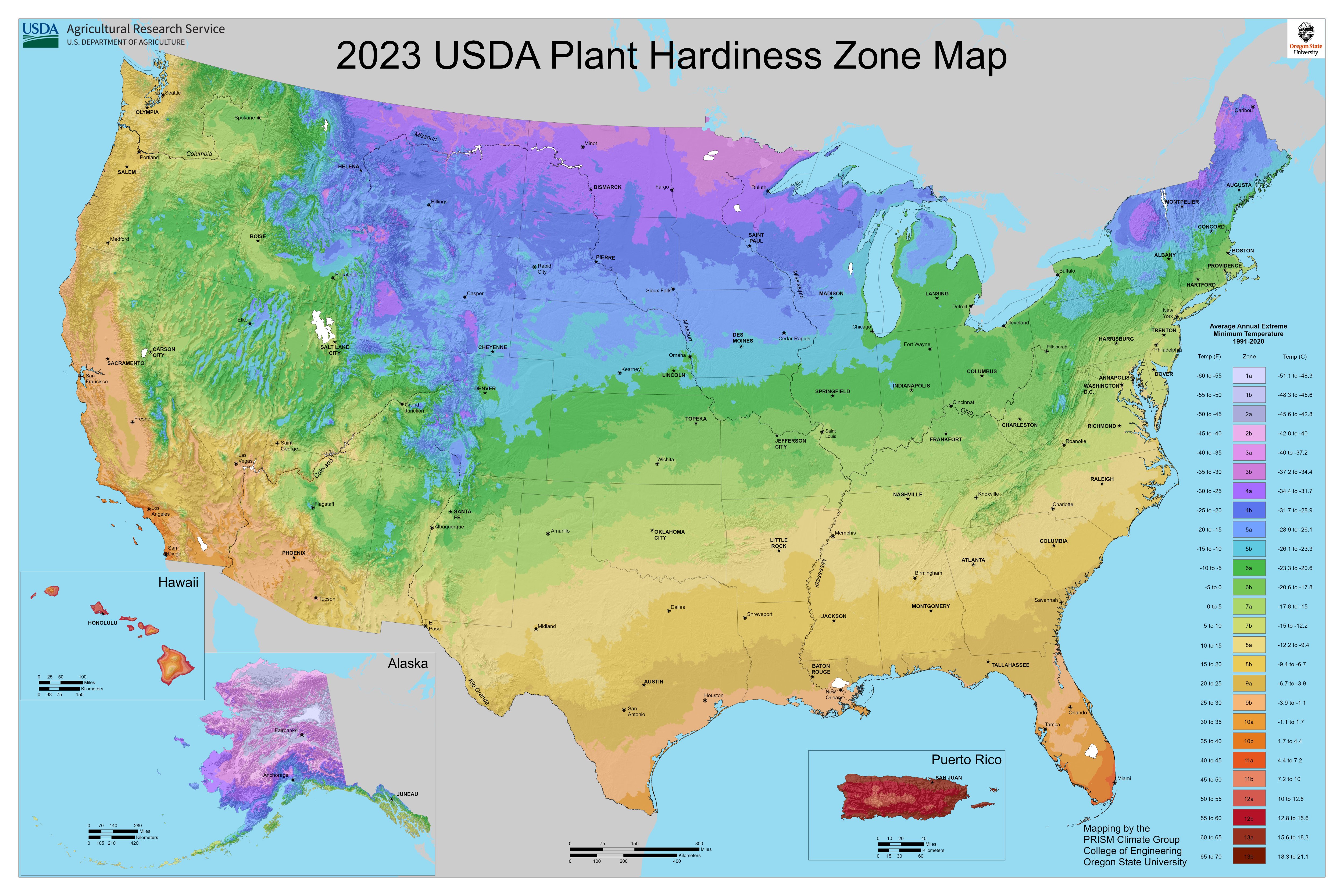
The United States Department of Agriculture provides guidelines for planting known as USDA hardiness zones. These zones are geographical regions that are delineated by the average minimum winter temperature in the area. They are mapped out and are a guideline to determine if a plant will thrive in each zone.
In 2023, the USDA updated its maps, so if you haven't checked recently your zone could have changed.
Knowing your zone will enable you to decide when to transplant seedlings into the garden. It will also help you determine if a particular plant will thrive in your zone. For instance, in zone 4a it is recommended to plant tomatoes outdoors by May 15. Therefore, you should start seed at least 6-8 weeks prior to that time.
Each plant will be different so it may be necessary to consult expert resources, such as Gardening Know How's extensive growing guides for flowers and vegetables.
Building your own seed starting calendar, which you can customize over the years, is invaluable since every garden has its own idiosyncracies and micro-climates that will slightly alter planting times. Keep notes annually and adjust planting times as needed.
Warm Weather and Cool Weather Crops
In the warmer zones, many warm-weather crops can simply be started outdoors. But most of us live where there is a definitive winter and we must start the long-season, warm crops ahead of time indoors. Tomatoes, peppers, and eggplants are but a few types of crops that require a fairly long period of warm weather.
If your zone is cooler and the warmth doesn’t come in until May or June, you will want to start plants inside. Even in the northern climates, plants like peas and lettuce may be directly sown outside. But for quicker crops, planting seeds inside before transplant will result in more robust plants and faster yields. It will also give the opportunity for succession planting, so you can enjoy a steady supply of crops rather than one big glut.
If you are sowing seeds for cold-weather crops, such as broccoli, cabbages, and Brussels sprouts, you can still start them indoors to avoid summer heat or frosts. These vegetables often require a longer growing period than warm-weather crops, so start them about 10 weeks before you intend to plant them out.
In general, plants that are slow to develop roots should be started indoors as well. Avoid starting root crops inside as they do not like to be disturbed.
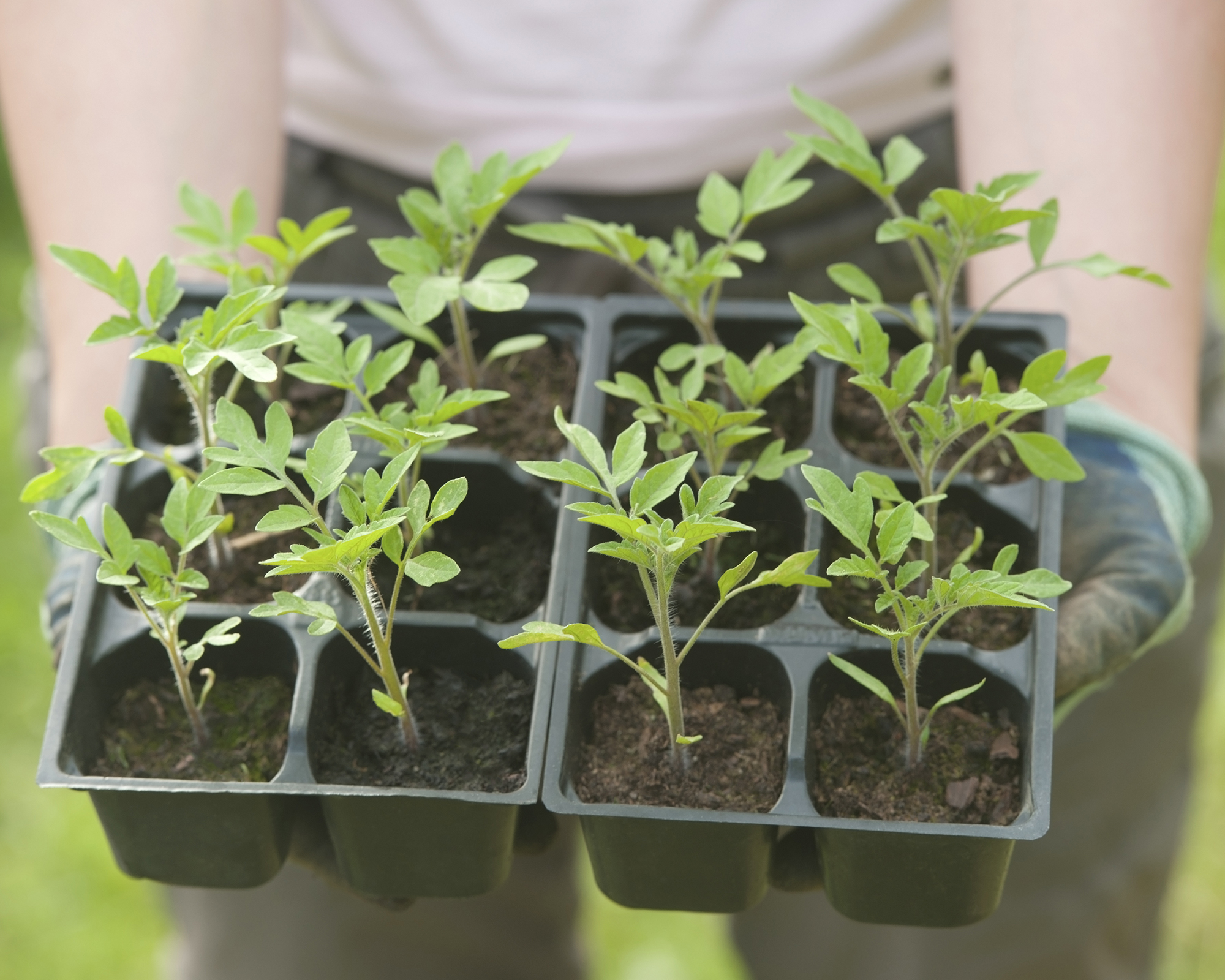
Considering Seed Dormancy
Many native wildflowers require a dormant period and need to be started after this has taken place. Dormancy is often in conjunction with the winter months where stratification takes place. Simply put, the seed will remain inert and will not germinate until it has a rest period and a certain number of months in the cold.
Gardeners often stratify seeds by refrigerating them until the growing season. Some seeds purchased commercially will already have undergone the cold period.
Most vegetable seeds are not dormant but are simply waiting for the optimal amount of sun, light, and warmth to sprout. Most tree seeds are dormant and require a stratification period.
Seeds to Plant – Month by Month Guide
Your zone and last date of frost will truly inform you of the proper time to start seeds indoors, and there is a lot of flexibility, but here are some rough guidelines.
January to February Vegetables and Herbs

January to February Flowers
- Alyssum
- Begonias
- Coleus
- Dianthus
- Geraniums
- Impatiens
- Lobelia
- Marigolds
- Pansies
- Petunias
- Salvia
- Snapdragons
- Stock
- Sweetpeas
March Vegetables and Herbs
March Flowers
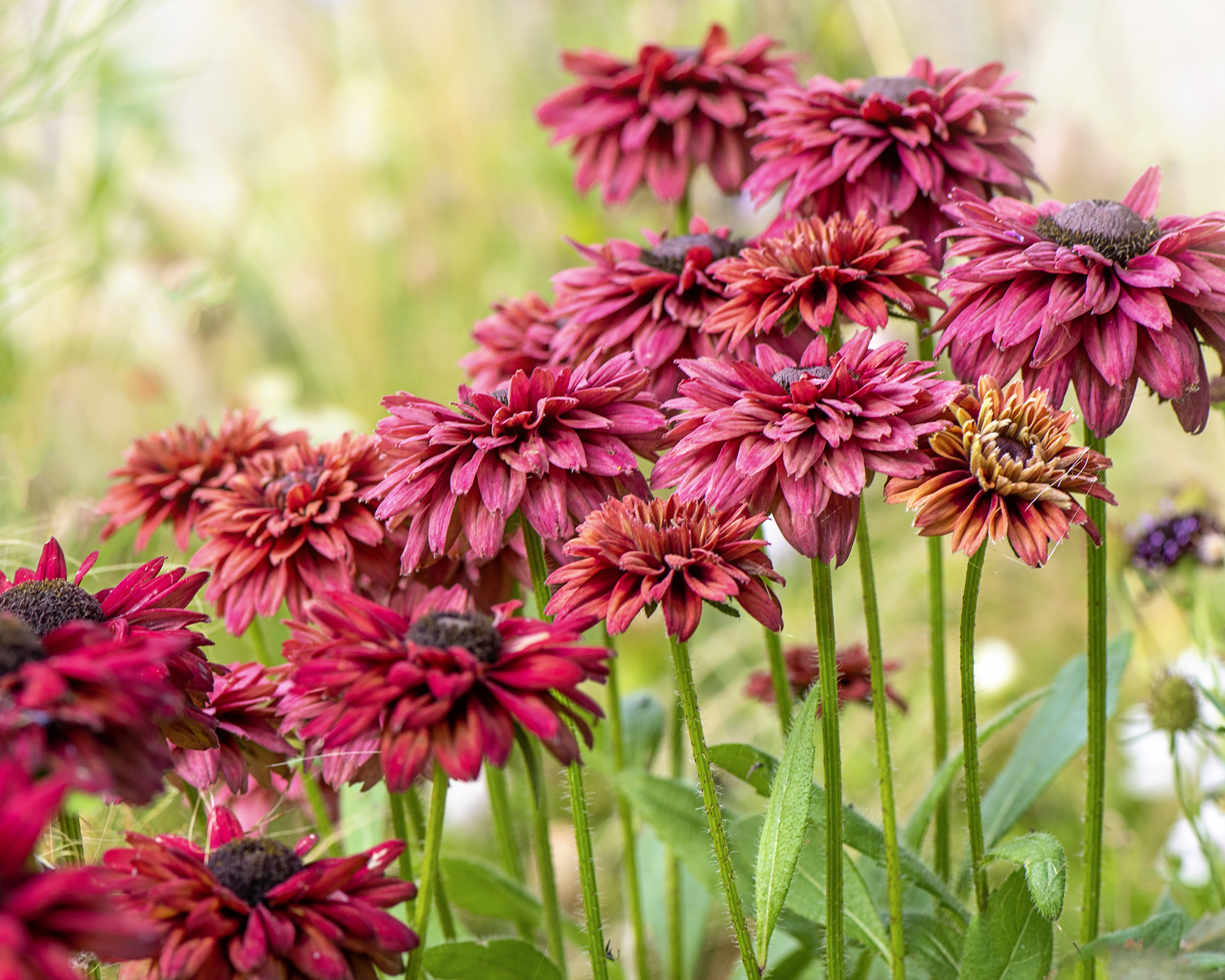
April Vegetables and Herbs
April Flowers
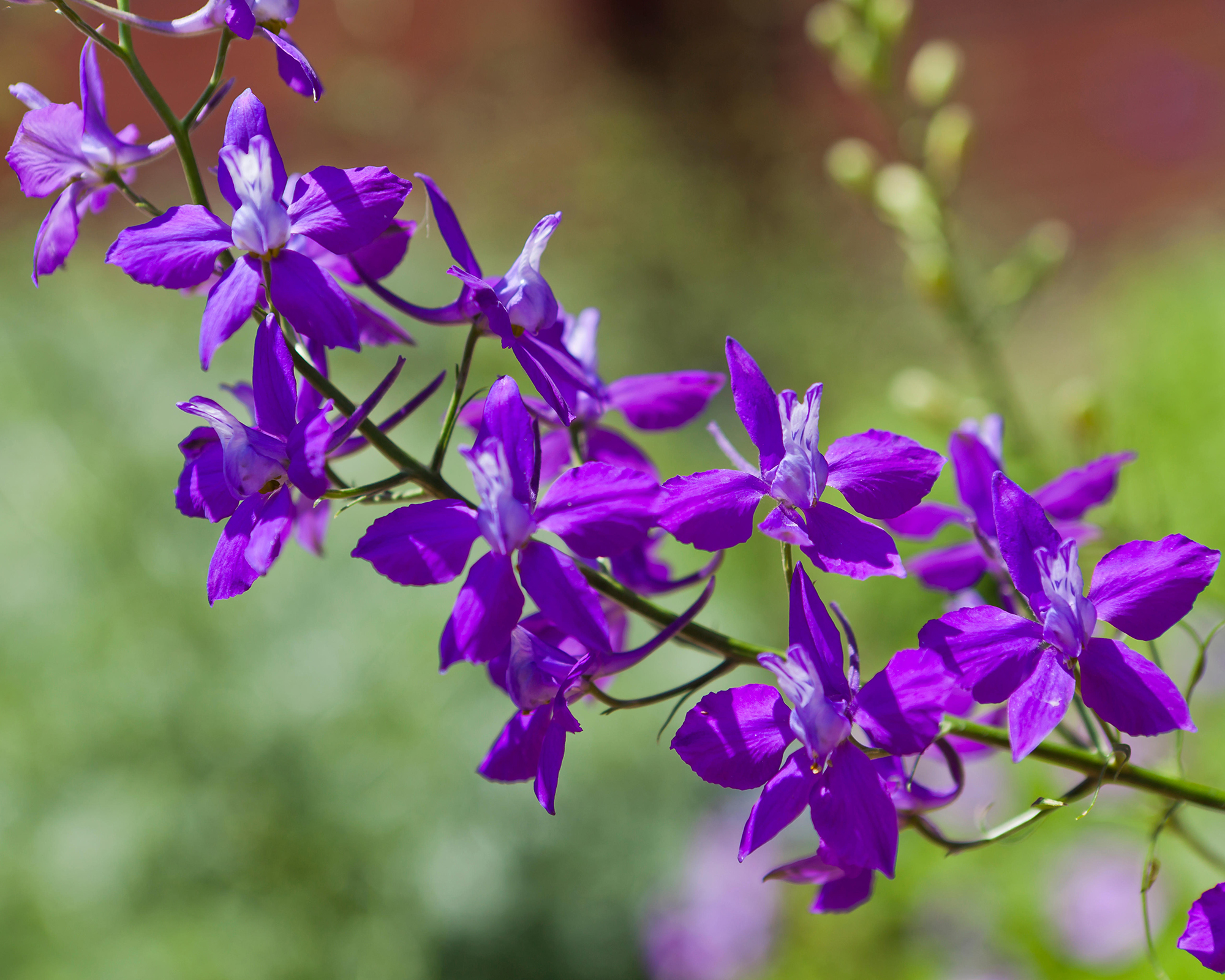
May Vegetables and Herbs
- Basil (final)
- Broccoli (fall crops)
- Brussels sprouts (fall crops)
- Cauliflower (fall crops)
- Cucumbers (succession sowing)
- Kohlrabi (fall crops)
- Peppers (succession sowing)
- Summer squash
- Tomatoes (succession sowing)
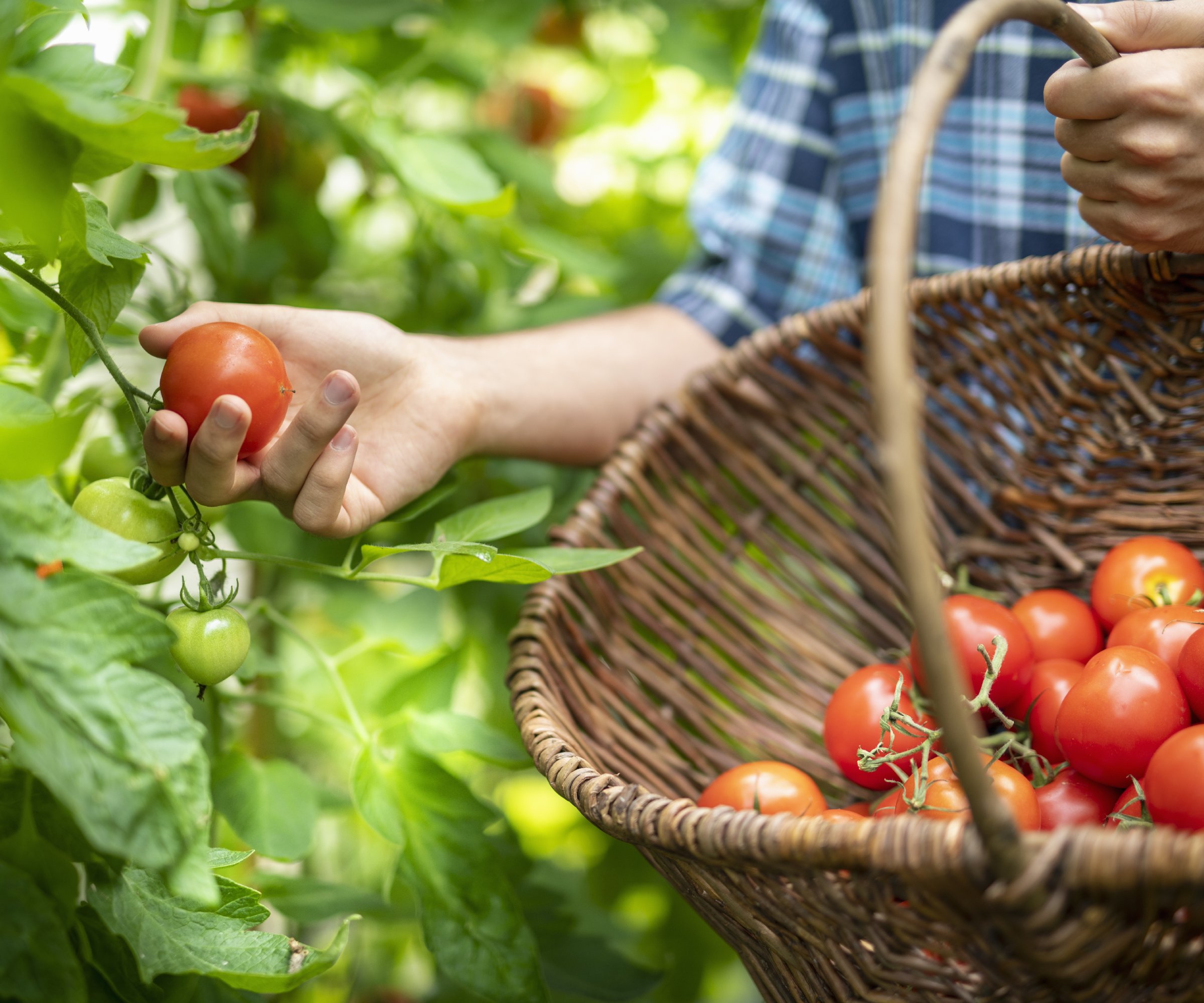
When is it Too Late to Start Seeds Indoors?
For most of us, late winter or spring is when to sow seeds indoors. But, it is currently the dead of winter and I have my little indoor greenhouse set up with three kinds of lettuce, kale, green onions, and a few herbs sprouting from seed.
I intend to grow plants in the greenhouse, but if I wanted to plant them outside, this is definitely the wrong time to sow seeds. Your zone will determine when to start vegetable seeds indoors for growing outdoors.
If you have a heated greenhouse or grow the plants inside, many plants will be fine started inside even in winter, but wait until 6-8 weeks before your average frost to start seeds meant for the garden.
More Seed Starting Inspiration
- Browse our curated collection of vegetable, herb, and flower seeds in the Gardening Know How Shop.
- Discover the 8 best flower seeds to start in January for the most glorious garden this year.
- Kickstart your growing year and plant organic crops with these 7 vegetables to start In January.
This article features products available from third party vendors on the Gardening Know How Shop.

Bonnie Grant is a professional landscaper with a Certification in Urban Gardening. She has been gardening and writing for 15 years. A former professional chef, she has a passion for edible landscaping.
- Melanie GriffithsEditor in Chief
- Laura WaltersContent Editor
